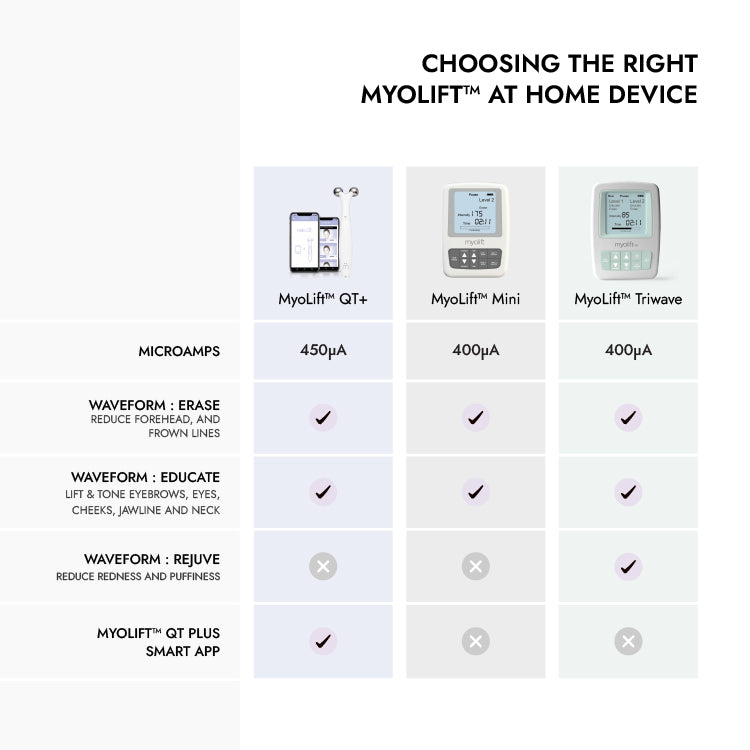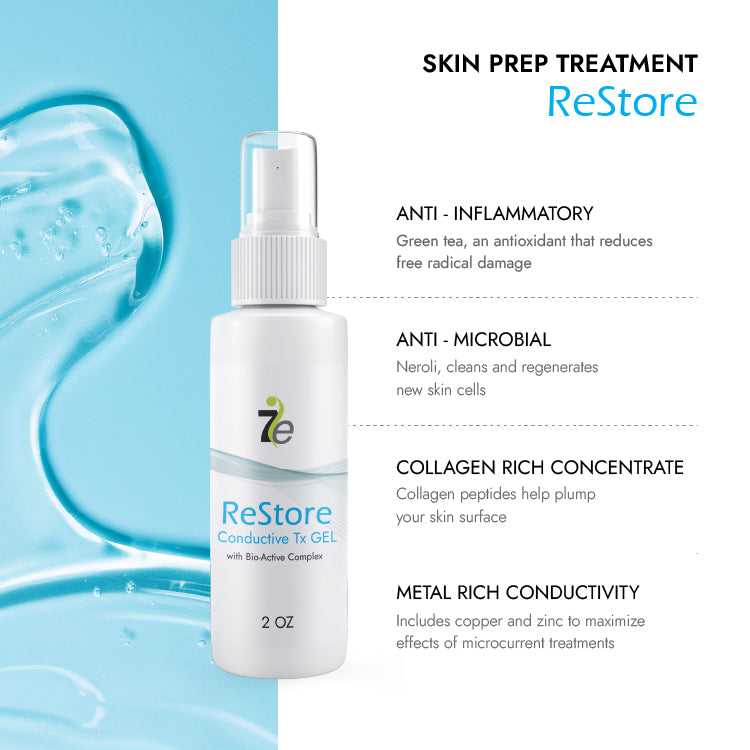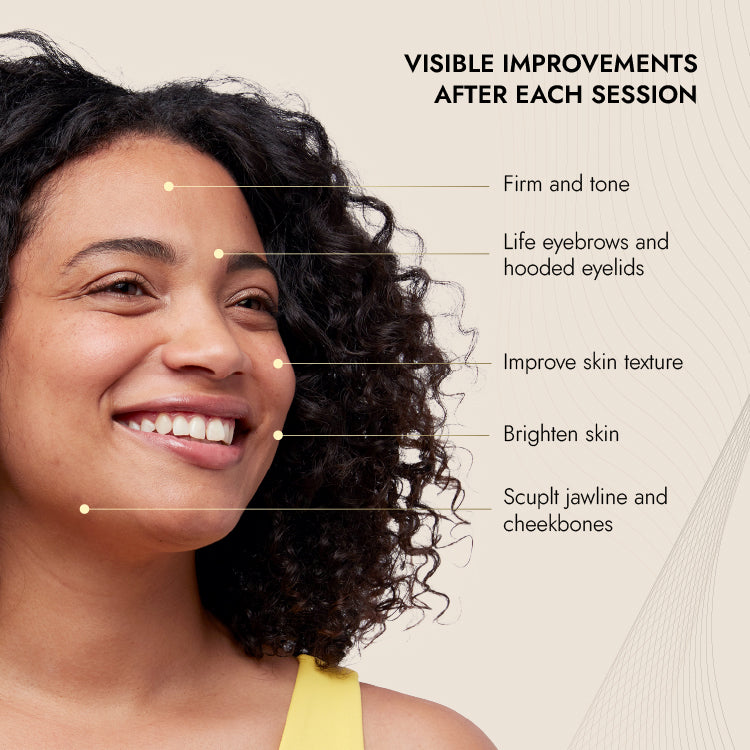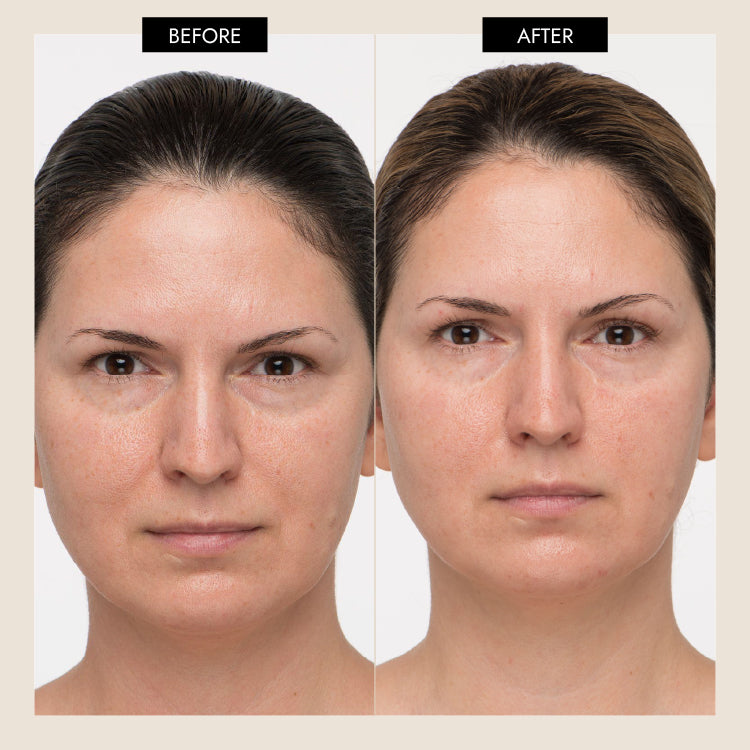Facial Muscles & The Wrinkles They Cause: Platysmal Bands

When we explore the topic of skin aging, it’s common to zero in on the epidermis–where we see visible concerns like fine lines, wrinkles, and age spots. However, an often overlooked aspect of skin aging is the role that our facial muscles play in the process. In truth, because the facial muscles sit right below the skin, they have a lot to do with what you see on the surface.
With this in mind, we think it’s time to take a deeper look at the various muscles of the face, how they work, and how they fit into the aging equation. As part of a series of three, today’s post is all about platysmal bands. Here’s what you need to know:
Facial Muscle Focus: What are platysmal bands?
If you are concerned with neck wrinkles, a double chin, or the sagging skin phenomenon known as “turkey neck,” what you’re likely noticing is the emergence of platysmal bands.
Platysmal bands are vertical, cord-like muscles located on both sides of the neck between the chest and chin. These bands tend to become more visible as we age, due to muscle contractions in the platysma muscle, which is the flat, superficial band of muscle along the front of the neck.
What causes platysmal bands?
Although experts have several explanations for why this happens, the most commonly cited theory is that with repeated movement, the platysma muscle begins to weaken, pulling away from the midline and eventually forming two separate platysmal bands. Additionally, the appearance of these bands may become more obvious over time, due to aging factors like loss of fat deposits, collagen, and elastin.
Because there are no health risks associated with developing platysmal bands, they are considered to be a natural part of the aging progression. That said, the process is also impacted by factors like facial expressions, muscle activity, and exercise. For example any time the neck muscles are flexed during an intense workout or tense up from lifting something heavy.
How do platysmal bands affect skin aging?
Platysmal bands are, notably, one of the earliest signs of aging of the face and neck, but there is no set age at which they occur and the process will not look the same for everyone.
Because the skin of the neck is attached to the platysma muscle, some of the more obvious changes you may notice include visible vertical bands, lack of neck definition, increased skin laxity, or more fine lines and wrinkles. It’s also perfectly normal to notice a bit of all of the above.
For this reason, treatments for platysmal bands range greatly from temporary options like injectables to more invasive procedures or surgeries. Holistic therapies like facial massage, microcurrent and lymphatic drainage may also be helpful to address underlying factors like chronic muscle tension, lack of blood flow to the skin, and excess fluid retention.
Summary
Platysmal bands are a perfectly natural part of aging that occurs early on in the aging process for many people. Just like any muscle in the body, the platysma experiences wear and tear over time, and as the muscle fibers break down this can translate to seeing more visible signs of aging in the skin.
Fortunately, platysmal bands pose no health concerns. They don’t require correction, but various modalities may be effective for addressing any associated cosmetic concerns.
































































































